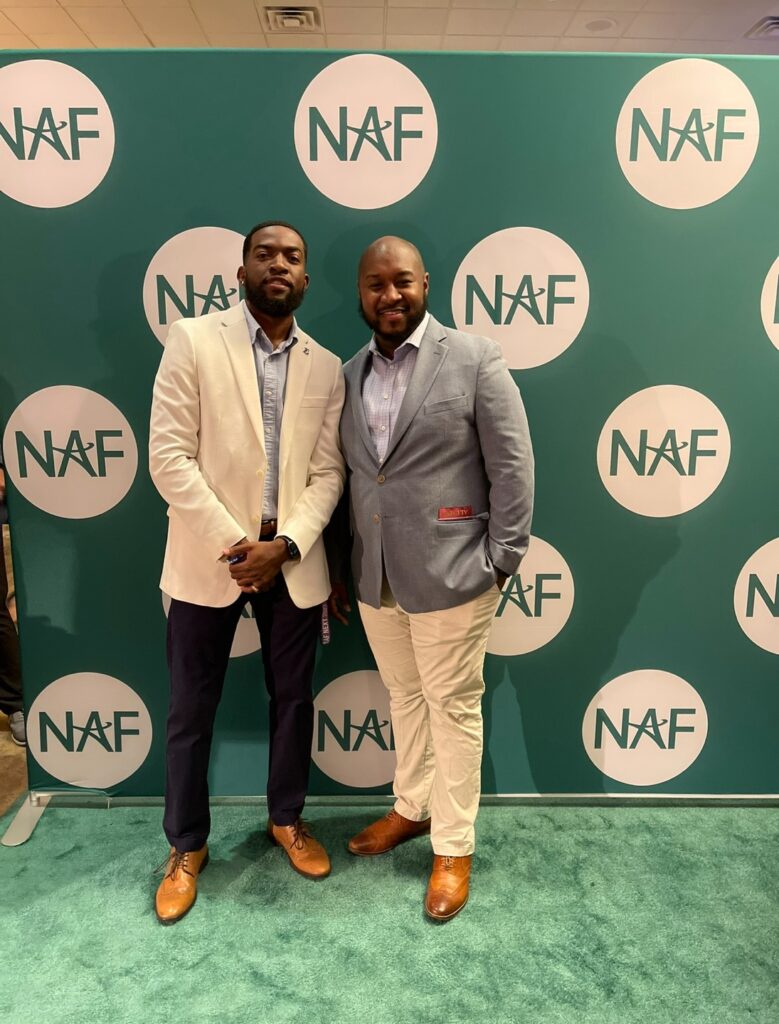Why Data-Rich Practices Are More Critical Than Ever For NAF
As an organization committed to equity – ensuring youth have access to opportunities that drive their readiness for the future — NAF understands that “one size does not fit all. Our students and schools, and communities share similar aspirations yet have different needs, priorities, and pressures; and therefore, require different pathways, partners, programming, and technical assistance to deliver on the promise of future readiness for all.

NAF’s Research and Tech team and the cross-functional Data-Equity project team have been working to ensure that the data available to our staff and academies adequately represent the diversity of the network and include data sets that help to inform planning and decision making. Our recent work addresses two of the conditions recommended in this 2023 report,
A Vision for Equitable Data: Recommendations from the Equitable Data Working Group (whitehouse.gov).
- Make Disaggregated Data the Norm
- Build User-Friendly Data Access Tools
Accessibility to rich data – representative of smaller subpopulations – is not considered a “nice to have” but essential for a mission-driven organization that values learning and prioritizes student outcomes.
Research and Tech and the cross-functional Data-Equity project team at NAF listened to colleagues and worked for over 18 months to make the robust data they identified available, easy to access, and implement.
Look out for new data reporting features across the Data Library in ASH that help users examine enrollment, participation, and outcome data for trends and disparities within the general population and amongst subpopulations.
What Data Enhancements were made?
- Multiple years of data made available for users to examine progress, trends, and disparities;
- Gender and race/ethnicity filters added to data tools across the Data Library (including Student, Academy, Post-Secondary, Annual Student Survey, WBL Participation Tracker/Reflection reports);
- Gender by race/ethnicity added as a reporting feature – allowing general population data to be disaggregated by more complex subgroups, like Hispanic Males, White Females, Gender-nonconforming Black students, etc.); and
- Data sets and graphics available for download in a variety of formats (CSV, MS Excel, PDF, and JPG)
How will it impact our work?
These features are expected to benefit the NAF organization by:
- Contributing to increased workplace efficiency – limiting the need for formal ticket requests to review certain data points or reports.
- Increasing the likelihood that these data will be used to monitor progress; identify needs and disparities; and determine areas for growth and targeted mitigations, and investments.
Expect additional data enhancements and tools that enable deeper insights and exploration of network data to launch in the coming weeks, like the Open Data Index for Schools (ODIS).
To learn more:
- Check out the overview of NAF’s Data Equity Project here. Explore the data questions staff/network users can now answer on demand in ASH [NAF2023equity project_overview.pdf(Review) – Adobe cloud storage.
- Make plans to join one of the NAF Office Hours: Reports in ASH scheduled for early November. Look for invitations to these sessions in your email soon.
- For questions, please reach out to us via our contact form.





